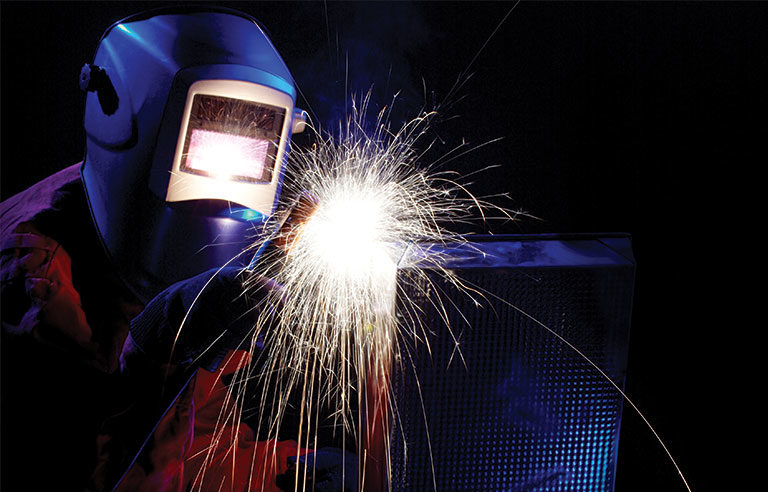New CSB fact sheet outlines safe practices for hot work

Washington — Fires and explosions from flammable atmospheres in confined spaces are the most common causes of hot work-related fatalities among workers, the Chemical Safety Board states in a recently released fact sheet.
Hot work is any activity that produces flames, sparks and/or heat. It is prevalent in numerous industries, including oil production, fuel storage, waste treatment, food processing, and pulp and paper manufacturing.
“These incidents often result in injuries and fatalities and have the potential to result in a major catastrophic incident,” CSB states.
The agency offers several best practices for staying safe when performing hot work:
- Consider alternative methods, when possible.
- Perform a hazard assessment before beginning work.
- Monitor gas in the work area before and during operations.
- Test the area and equipment before beginning work.
- Ensure qualified personnel use written permits.
- Train personnel thoroughly.
- Supervise outside contractors performing hot work.
Post a comment to this article
Safety+Health welcomes comments that promote respectful dialogue. Please stay on topic. Comments that contain personal attacks, profanity or abusive language – or those aggressively promoting products or services – will be removed. We reserve the right to determine which comments violate our comment policy. (Anonymous comments are welcome; merely skip the “name” field in the comment box. An email address is required but will not be included with your comment.)

